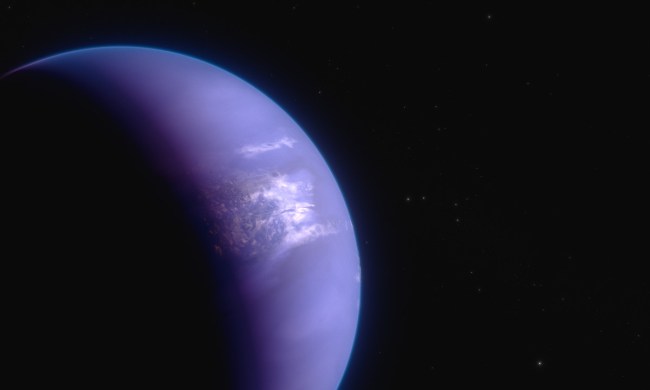The work to get the James Webb Space Telescope ready to collect science data is still underway so that the telescope will be ready to share its first beautiful image of space this summer. The long and delicate process of aligning the telescope’s primary and secondary mirrors continues, but recently engineers reached an important milestone when they completed the image stacking step.
Last week, engineers shared an image array showing 18 points of light. These were actually 18 images of the same star, bright star HD 84406 being used for the alignment process, which represent the 18 segments that make up the primary mirror. Each segment reflected the star, and the overall shape corresponded to the overall hexagonal shape of the mirror. The next step, called segment alignment, was to make small adjustments to each of the mirror segments and also adjust the secondary mirror so that the 18 points of light were sharper. NASA engineers shared the new image in a blog post this week.

Once that was done, the team could move on to the process of image stacking, in which the 18 points were layered on top of each other to produce one single point of light. This step means that the mirror is now operating as one large mirror rather than 18 small mirrors, but it doesn’t mean that adjustments are complete. The team still needs to make small adjustments in a phase called coarse phasing, in which different pairs of segments will be matched up to correct for tiny differences between the segments such as variations in their heights.

“We still have work to do, but we are increasingly pleased with the results we’re seeing,” said Lee Feinberg, optical telescope element manager for Webb at NASA’s Goddard Space Flight Center, in the blog post. “Years of planning and testing are paying dividends, and the team could not be more excited to see what the next few weeks and months bring.”



